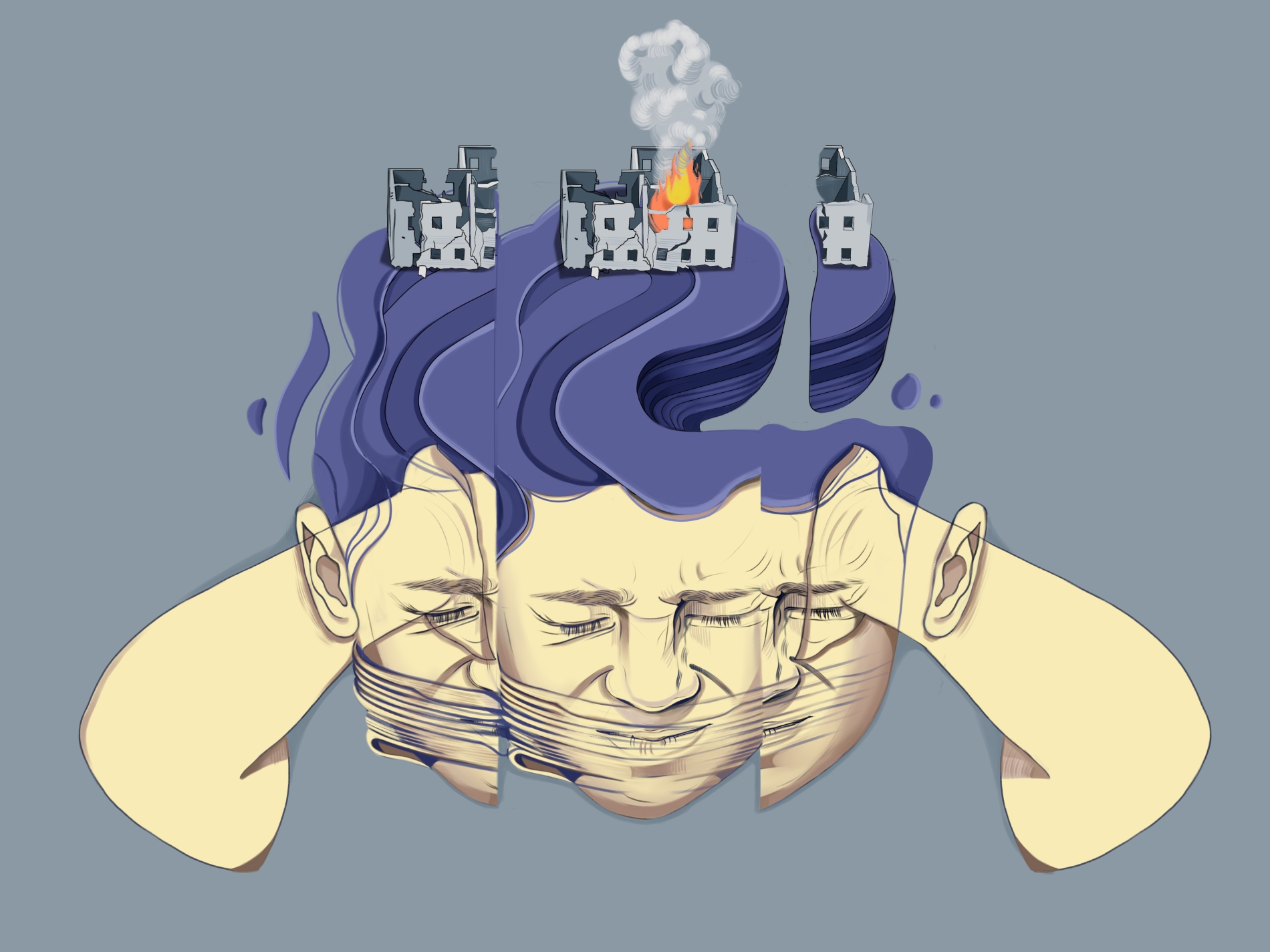For time immemorial, music has been played for pleasure, yet it is also known to have an impact on psychological well-being. In ancient Egypt, Greece, and China, melodies were associated with mental and physical balance and were seen as a means of restoring health. Some Greek philosophers even prescribed specific musical compositions for specific ailments. Religious texts echo the theme, as seen in the biblical story of David playing music to soothe King Saul’s distress.
From the 18th century, scientists began documenting music’s therapeutic potential. In the United States, physician Benjamin Rush recognised its role in patient care. During the two World Wars, in the early 20th century, musicians performed in hospitals for wounded soldiers to aid their recovery. After World War II, medical researchers and professional organisations began recognising the benefits of music therapy within modern healthcare systems.
Today, the science keeps coming. A recent study published in the journal Frontiers shows how music can assist recovery from motion sickness. The research was based on a simulated driving experience in which participants developed symptoms of motion sickness and were then exposed to various forms of musical intervention. Cheerful music reduced symptoms by 57.3%, calming music reduced them by 56.7%, while energetic music reduced them by 48.3%.
MRI scans reveal that neural activity in the occipital lobe—the brain region responsible for visual processing—becomes less complex when nausea occurs. As symptoms subside, activity returns to normal. Researchers explained that calming music lowers stress levels, whereas cheerful music stimulates the brain’s reward circuits, distracting attention from unpleasant sensations.
Therapeutic tool
Still associated with entertainment, music is now also considered a therapeutic tool that intersects with psychology, neurology and rehabilitation. From premature babies in neonatal intensive care units to dementia patients, stroke survivors, or adolescents grappling with anxiety or isolation, melodies can play a part in recovery and wellbeing. Since adolescents are especially susceptible to psychological and behavioural disorders, music therapy can help young people with repressed emotions. In war zones, it helps children cope with trauma and loss and process complex emotions.

Read more: How music helps bring hope and healing to Gaza's war-torn
Music therapy is believed to enhance emotional awareness, improve decision-making, reduce anxiety, and boost self-confidence and social interaction; however, the scientific evidence remains limited. Nevertheless, several studies indicate that incorporating music into conventional therapy may increase its effectiveness, particularly in treating depression and anxiety. Music therapy can also benefit premature infants, who often face severe health issues such as respiratory distress, muscle weakness and difficulties in coordinating sucking and breathing.
In neonatal intensive care units, music is employed to dampen disruptive noise and establish a calming environment for babies who often face severe health issues such as respiratory distress, muscle weakness, and coordination difficulties. While music has not been shown to improve growth rates or respiratory function (compared to standard care), some studies show a slight reduction in heart rate among infants exposed to music. Even if its direct clinical impact is limited, music can provide psychological comfort to both families and medics.
To understand the effect, one must first understand music, not simply as a collection of scattered sounds, but of having neurological and muscular effects on both brain and body. Research has demonstrated that consistent rhythms can help patients with brain injuries regain balance and movement. Singing also aids stroke rehabilitation by enhancing breathing, speech clarity, and control over vocal muscles. Techniques such as melodic intonation therapy, which converts speech into musical patterns, seek to activate healthy areas of the brain.
There are cardiovascular and oncological effects, too. Studies show that listening to music can improve heart rate and blood pressure in patients with coronary artery disease, while early evidence suggests that music therapy may enhance the psychological and physical well-being of adult cancer patients.
Children with autism find comfort in music, which is thought to support the development of motor attention, language skills, and social interaction. Parents often report positive outcomes, such as a child ‘opening up’. In some cases, the child’s passion for music becomes lifelong.

Read more: Israel's war on Gaza compounds challenges for the disabled
For elderly people with dementia, music can help them recover some social and cognitive abilities. A major study of more than 330 patients found that music therapy improves social engagement, reduces aggressive behaviour, and helps restore certain cognitive functions such as facial recognition.
In cases of aphasia (the loss of speech due to damage in the brain's language centres), patients may retain the ability to sing, so melodic intonation therapy involves patients being trained to transform words into musical phrases, gradually progressing towards conventional speech. The method stimulates areas in the brain's right hemisphere to compensate for damage in the left, the music helping to reconfigure neural pathways.
Music can help overcome grief and loss, offer solace, and provide an outlet for coping with bereavement and emotional setbacks. One study found that music therapy reduced grief markers by 43% among participating adolescents. For people with schizophrenia, it may reduce aggression and hallucinations, but supporting research for this remains limited. For those with depression and post-traumatic stress disorder (PTSD), initial findings are promising, but more work is needed.
Tailoring the therapy
The type of music seems to matter. Genres used in therapeutic settings range from structured classical compositions to spontaneous improvisation. The selection can depend on the patient's needs and the therapists' goals. Certified music therapists incorporate both active performance and passive listening into their practice. Folk music can evoke nostalgia and identity, classical music can help with concentration, instrumental music can be a mindfulness aid, while rock and pop can help younger patients with emotional release.












